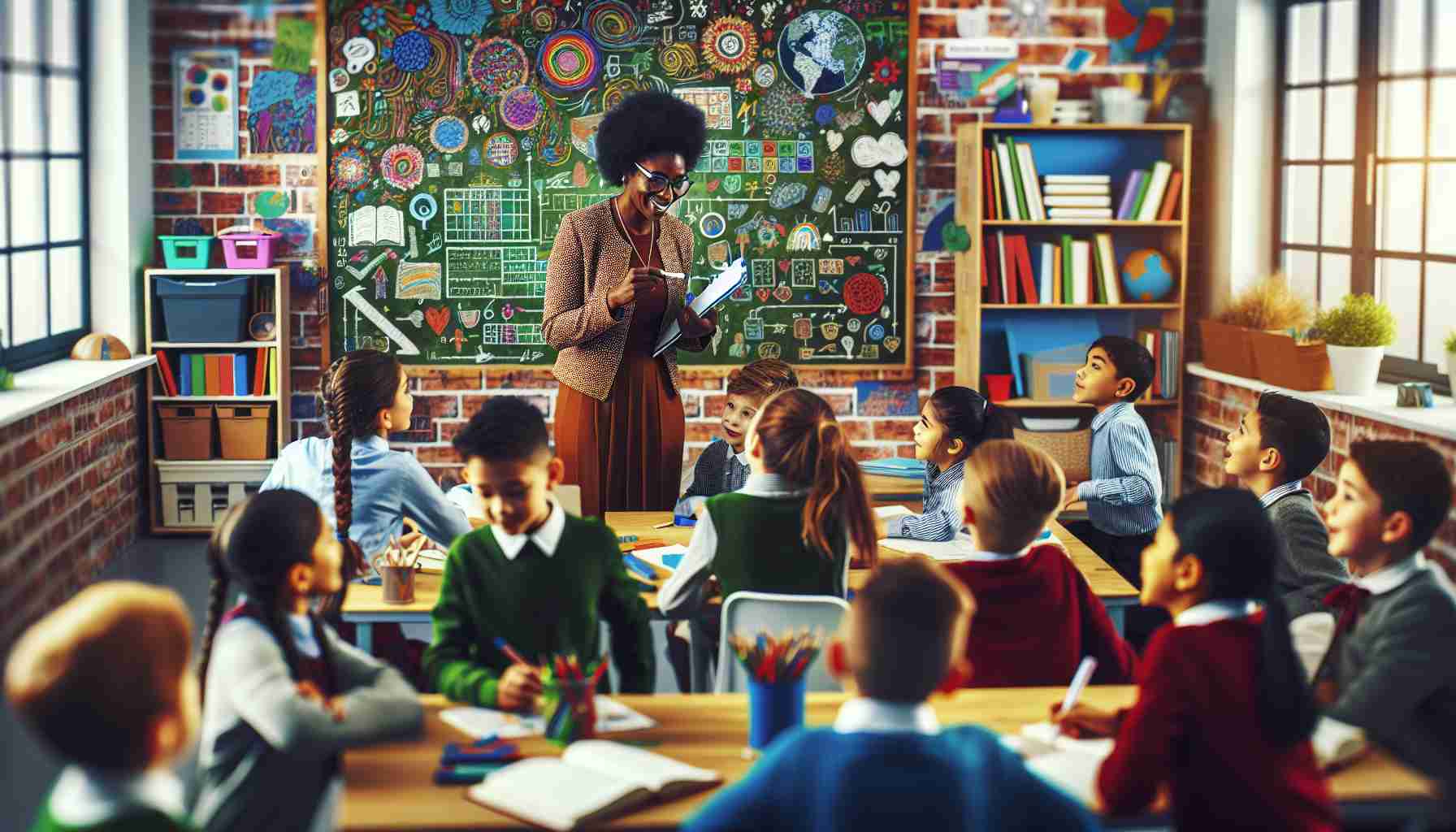A surprising revelation comes from a 12-year-old student named Elisabetta, who expresses that she does not own a mobile phone. When discussing the newly implemented ban on cellphones in primary and lower secondary schools, she highlights that half of her classmates do not possess a smartphone either. These children prefer engaging in lively conversations, drawing, and enjoying the beautiful landscapes visible from their classroom windows.
Located in Lozzo Atestino, near Padua, this school incorporates modern educational methods, focusing on student well-being and community involvement. With 782 students spread across 35 classes, it fosters a unique learning environment where traditional grades are blended with measures of student happiness.
In this school, cellphone use is almost non-existent. Instead of devices, students participate in robotics workshops, collaborate on group projects, and enjoy reading in comfortable spaces. The teaching approach is innovative, featuring a “school without backpacks” model that promotes sharing materials provided by teachers.
Learning often takes place outdoors, allowing students to grasp scientific principles in nature. Additionally, the concept of changing classrooms during lessons helps maintain focus and rejuvenates students. The principal, Alfonso D’Ambrosio, a physicist with a passion for robotics, underscores the importance of guiding students in responsible smartphone use.
Rather than imposing bans, he emphasizes the need for educational strategies that equip families and students to navigate technology responsibly.
Innovative Schooling Without Smartphones: A New Era in Education
In an era dominated by digital technology, schools are rethinking their approach to education by exploring innovative methods that exclude smartphones. This shift aims to foster a more engaging, interactive learning environment where students develop essential skills without the distractions of modern technology.
What are the main objectives of innovative schooling without smartphones?
One of the primary objectives is to enhance face-to-face communication skills among students. With the decline in direct interactions due to smartphone use, schools are emphasizing experiences that encourage teamwork, critical thinking, and problem-solving.
What challenges do schools face when implementing a no-smartphone policy?
The most significant challenge is resistance from both students and parents who are accustomed to the convenience of smartphones. There’s also the concern that excluding these devices can hinder students’ ability to develop digital literacy, a crucial skill in today’s workforce.
Are there controversies surrounding this movement?
Yes, the debate often centers on whether banning smartphones limits students’ access to valuable information and tools. Critics argue that technology, when used responsibly, can enhance learning experiences and prepare students for future careers. Proponents, however, assert that a balanced approach that emphasizes personal interaction and practical learning experiences is essential.
Advantages of Innovative Schooling without Smartphones:
1. Enhanced Student Interaction: Removing smartphones allows students to participate more actively in classroom discussions and group activities.
2. Improved Concentration: Fewer distractions can lead to higher levels of engagement and retention of information.
3. Development of Social Skills: Students are more likely to engage in meaningful conversations, enhancing their interpersonal communication abilities.
4. Focus on Critical Thinking: Activities that do not involve screens often rely on original thought and creativity.
5. Mental Well-Being: Reducing screen time can alleviate stress and anxiety related to social media pressures.
Disadvantages of Innovative Schooling without Smartphones:
1. Limited Access to Information: Students may miss opportunities to use educational apps and resources readily available online.
2. Digital Literacy Skills: Without smartphones, students might lack familiarity with essential digital tools, making the transition to higher education or the workforce more challenging.
3. Parental Concerns: Parents may feel uncertain about their children’s safety and connectedness if they cannot be reached easily through devices.
4. Implementation Resistance: Teachers and administrators may face challenges in executing these programs due to mixed opinions about the relevance of technology in education.
Conclusion
Innovative schooling without smartphones highlights the importance of balancing technology with traditional learning methods. As educational institutions explore this path, ongoing dialogue among educators, parents, and students is crucial to address concerns and develop an effective strategy that aligns with the needs of today’s learners.
For more information on innovative education practices, you might find these links informative: Edutopia, Education World, Scholastic.























